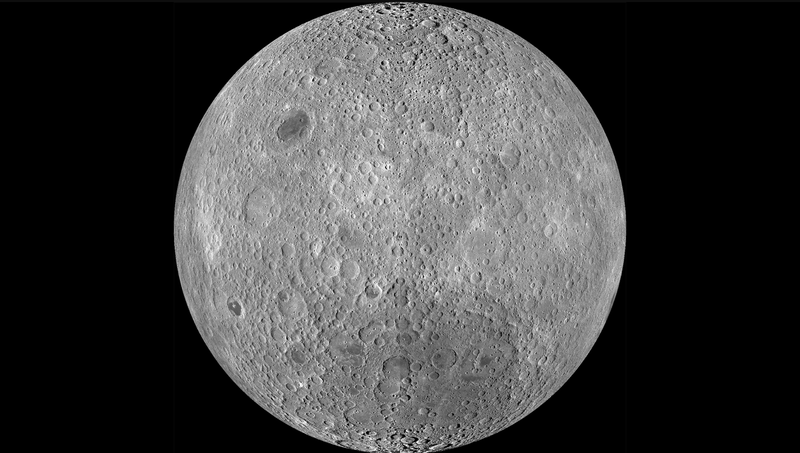The Moon Has a Solid, Earth-Like Core, Study Finds

Scientists may have just unlocked another of the Moon’s secrets. They found evidence to suggest that the Moon’s inner core is solid, like Earth’s.
Researchers from the Côte d’Azur University and the Institute of Celestial Mechanics and Ephemeris Calculations in France developed models of the Moon’s interior, hoping to shed light on our natural satellite’s internal geologic structure. They determined that, not only is the Moon’s inner core solid like Earth’s, but it is also made up of a metal with a density close to that of iron. They also found that the core is about 310 miles (500 kilometers) in diameter—about 15% of the Moon’s total width. Arthur Briaud and his collaborators published their work this week in the journal Nature.
Read more
These Winning Close-Up Photos Show Life That's Often Overlooked
Remembering Enterprise: The Test Shuttle That Never Flew to Space
The new analysis also yielded evidence of lunar mantle overturn, or movement of material in the Moon’s mantle prior to this layer cooling into a mainly solid mass. The scientists argue that this mantle overturn could explain why there is iron on the lunar surface. As warmer material rose through the mantle, volcanic activity on the Moon deposited iron on the surface, where it eventually cooled and broke down into soil.
While we know a lot about the Moon’s structure and history, the new study helps confirm and build upon that pre-existing science. NASA suggested in 2011 that the Moon had an iron-rich, solid core, as well as a fluid outer core. Those researchers used seismic data taken during the Apollo missions in order to paint a picture of what the Moon’s inner layers look like. That work estimated that the inner core had a diameter of approximately 300 miles (482 kilometers), which is close to the recent group’s estimates.
Based on pre-existing datasets, like those collected by NASA, the research team was able to construct models of the Moon’s inner structure. By matching physical observations of the Moon’s gravitational fields, such as those taken on NASA’s GRAIL mission, Briaud and his collaborators developed a simulation of the Moon’s inner geology that best matched these established datapoints—the best match included the solid inner core the team describes. The process of deducing the Moon’s mantle overturn was similar. The team established a digital model of the Moon’s mantle based on thermodynamic data and found that scenarios with overturning lunar innards consisting of iron-rich material best matched the Moon’s current state.
This work is not the only recent effort to explore the Moon’s odd geology. In March, researchers in China published evidence of a water reservoir on the lunar surface in the form of hydrated glass beads. The scientists, from the Chang’e-5 lunar lander mission, proposed that tiny glass beads found in the Moon’s regolith are from asteroid impacts and can store water derived from solar wind.
More from Gizmodo
Sign up for Gizmodo's Newsletter. For the latest news, Facebook, Twitter and Instagram.

